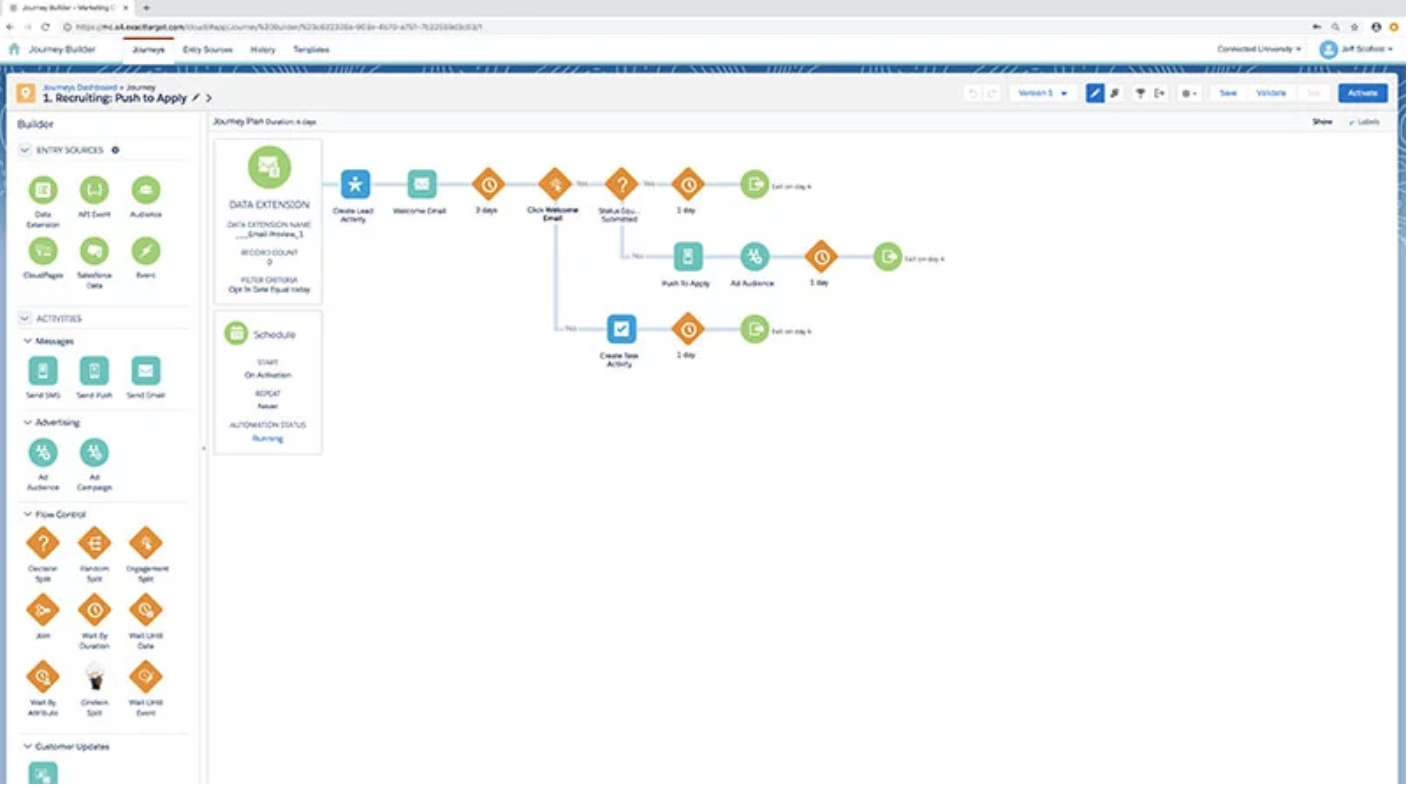When we think of college students we typically envision a bright-eyed, 18-year-old high school graduate who—with financial support from their parents—will enroll in a four-year college where they’ll live full-time in an ivy-laden dormitory and graduate in four to five years.
But when 74 percent of students share at least one of the characteristics that are typically considered “non-traditional,” institutions need to think differently about engaging these students.

So what factors make a student non-traditional? Non-traditional students are those who are over the age of 24 and share one or more of the following characteristics:
- Wait after high school to enroll in post-secondary education
- Attend college part-time while working full-time
- Have dependents who are not their spouse or partner
- Are financially independent from their parents for purposes of financial aid
- Completed their high school degree through a certificate or GED program
Non-traditional students typically take longer to cultivate and can be less motivated towards enrollment, partly because they have more responsibilities at work or home, and financially.
And because of their unique characteristics, they may be more vulnerable to challenges that affect their health, stress levels, and ability to persist to enrollment or graduation. The choice to return to school is often a stressful and frightening one. Meaning: non-traditional students need more cultivation and support.

So how can you better engage with your non-traditional prospects? Here are six quick tips:
1. Make it easy for students to engage with you, on the devices they use most
Long or complicated information requests, applications, or financial aid forms may intimidate non-traditionals. Keep it simple, streamlined, and easy to access. Students shouldn’t have to pinch and squeeze if they’re accessing your website or filling out forms on their phones, and their work should be automatically saved.
I usually suggest people try it for themselves. When is the last time you filled out an inquiry form on your website or registered for one of your events from your phone? Is the experience an easy one, or is there work you can do to improve the student experience?
2. Leverage your technology to personalize your communications
All students are individuals with unique needs and desires. As much as possible, they should be treated as such. Generic bulk emails that are transactional don’t work, nor do static websites that don’t appeal to a wide diversity of interests and programs.
If a student has previously told you what their intended major is, or has attended an event on campus, use that in your communications! Giving students specific, personalized information in your communications helps build a sense of community and helps them envision themselves on your campus. Speaking of which…
3. Help students “see” themselves on your campus.
Regardless of age, all students ask themselves if they will “fit in” at a particular institution. You should approach your website, social media, and outreach with that question in mind.
Think through the engagement experience for your non-traditional students. For example, a single mother in her 40s is probably not going to see herself on a campus with a website that highlights athletics or doesn’t easily provide the information important to her, like scheduling and cost. What can you do to make it easier for your non-traditional prospects to envision themselves on your campus?

4. Engage people in an ongoing way
Research indicates that once a prospect visits a college website, they’ll stay in the consideration phase for an average of two months, and for as many 18 months. For non- traditional students, that phase can be even longer. Ensure you maintain personalized touch points with these prospects for as long as it takes to convert.
Sometimes it seems like non-traditional students just wake up one day and decide to enroll. Which for a lot of these students, isn’t far from the truth. They may have been thinking about enrolling for a long time but a major life obstacle was standing in their way. How can you make sure you’re top of mind once that obstacle is removed? Nurture, nurture, nurture: keep those students engaged through the funnel. You never know what might inspire a student to enroll.
5. Focus on your “high potential” prospects
With many students to keep engaged with over a longer cultivation period and the need to personalize and nurture non-traditional students to be successful, it can be unrealistic to maintain that high level of attention for every single prospect.
Use the information you have on prospects to narrow down those who are most likely to enroll with strong supports and who are the best fit for your institution. Then, focus on them.
6. Measure and optimize
Make sure that you are getting a return on your outreach and recruitment investments.
See which campaigns and strategies have had the most impact and optimize those, while scaling back on those that are wasting resources. There’s no need to reinvent the wheel if something’s working well.
The most important thing to remember when engaging non-traditional students is that they ARE non-traditional. Your traditional engagement techniques might not resonate with these students, and the information they’re looking for is probably different, too.
This post by Katlin Hess originally appeared on salesforce.org earlier this year.
